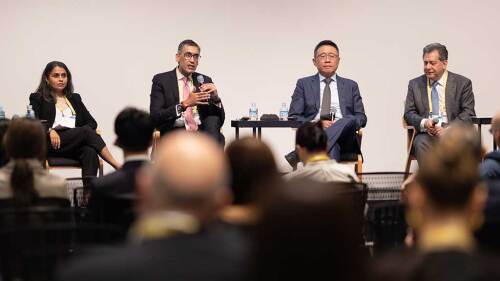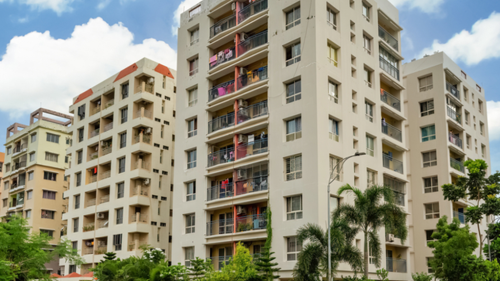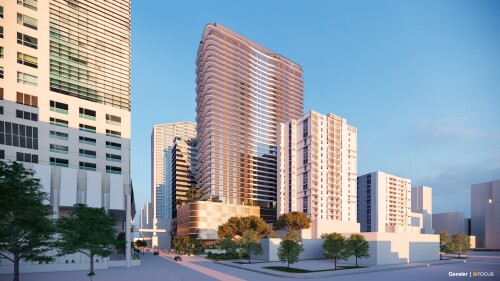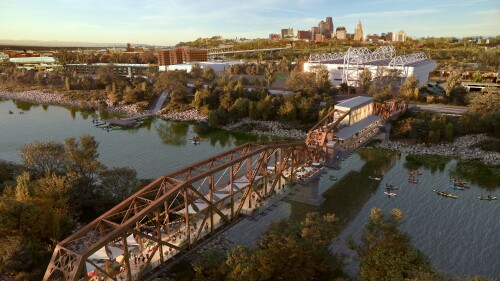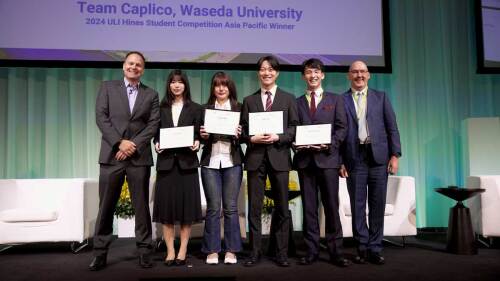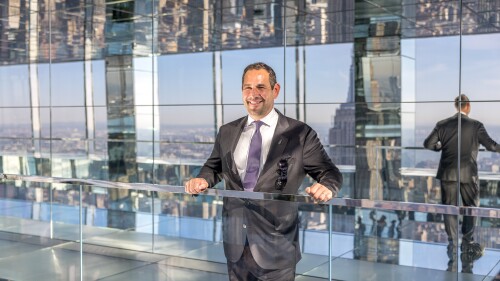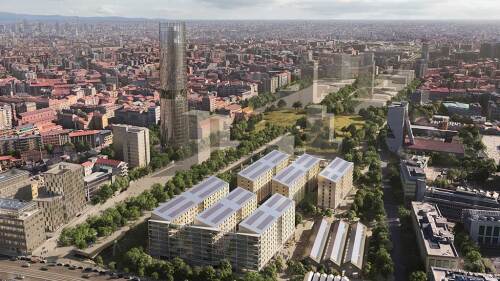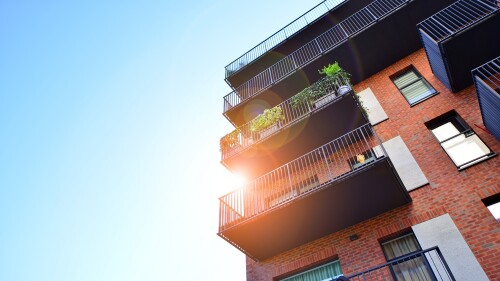Topics
Capital Markets and Finance
For many years, India’s real estate markets languished in the shadow of booming Mainland China, with investors flocking there to buy real estate and tap into emerging demand. More recently, as China has struggled to mediate structural oversupply in real assets, investment flows are moving increasingly in a southerly direction. A panel at the ULI’s 2024 Asia Pacific Summit in Tokyo addressed the dynamics of current investment landscapes in each market.
With investors across the Asia Pacific continuing to avoid mainstream asset classes as they seek out higher returns and more reliable income streams, attention has turned increasingly to “living assets”—a broadly defined concept that includes the multifamily, senior living, and student housing sectors.
It’s no secret that construction starts are down in the current market where higher interest rates are making it tough to pencil out new projects. But, for some developers, the bigger problem these days is sourcing equity versus debt.
Design & Planning
Aging railroad relic getting new life as a vibrant entertainment hub
The winners of the second ULI Hines Student Competition for the Asia Pacific region faced a dual challenge: create a compelling urban development proposal and follow in the footsteps of classmates who won the inaugural contest.
In a period short on opportunities and long on challenges, design matters even more. Good design principles are always worth employing, whatever the development climate, but three key design aspects pertain in particular: alliance, resilience, and quality.
Development and Construction
Supertall creates a “palpable energy” that speaks to New York’s resilience and the future of cities
A new wave of mid-career commercial real estate entrepreneurs is capitalizing on what some call “once-in-a-generation” opportunities to invest in distressed or otherwise discounted properties in today’s market—especially in the office sector. Nationwide, there’s been an uptick in new investment firms started by development and investment professionals with 10–25 years of industry experience—some of whom left major firms to do so. These firms aim to buy cheap offices and reposition them through leasing, capital improvements, or conversions to apartments.
Milan’s Olympic Village is being built now in preparation for the Milan Cortina 2026 Winter Olympics and Paralympics. Developers and designers have high hopes for the complex’s third act as a hyper-sustainable, 1,700-bed student housing project and anchor for a new city park.
Resilience and Sustainability
Shenzhen’s Nantou Ancient City project represents a groundbreaking approach to revitalizing China’s historic urban villages in a way that preserves their cultural heritage and community fabric. After China’s government designated Shenzhen as a Special Economic Zone in 1980, the city’s more than 400 urban villages grew rapidly to provide informal housing for an influx of migrant workers. The result: high-density residential areas that maximized rental income but often compromised on fire safety and hygiene standards.
Climate considerations have increasingly become a critical focus for real estate owners, operators, and investors over the past few decades, particularly as the frequency of billion-dollar weather and climate disasters has surged. Beyond the headline-grabbing events, more frequent temperature extremes and less stable energy costs have real financial implications for owners and residents. Key changes in our operating environment include:
As California pushes toward a clean energy future, the city of San José has emerged as a leader in building electrification, offering valuable lessons for other cities nationwide. With residential buildings representing the largest source of natural gas use in the city, San José’s initiatives aim to reshape how these buildings are powered while prioritizing community needs, equity, and affordable housing. In 2022, ULI partnered with San Jose on an Advisory Services Panel (ASP) to inform this policy direction for multifamily buildings of all types. The aim of the ASP was to support the city in enabling property owners to step up their electrification retrofit efforts, encourage the adoption of on-site solar and batteries, and move the market forward.
Issues and Trends
The 2024 Asia Pacific Home Attainability Index by ULI offers a comprehensive overview of housing attainability across the Asia Pacific region. In this third edition, the report includes data from three additional cities—Bangkok, Kuala Lumpur, and Perth—expanding its coverage to 48 cities in 11 countries, namely, Australia, China (including Hong Kong SAR), India, Indonesia, Japan, Malaysia, Singapore, South Korea, the Philippines, Thailand, and Vietnam.
Land use is local, and so are many housing policy opportunities. In the 2024 ULI Housing Opportunity Conference session, “A Look Back on the Latest State and Local Housing Policy Innovations,” moderator Michael Wilt, senior manager of external relations for the Texas State Affordable Housing Corporation, asked the panelists: “The dynamics and conversations around housing are changing a lot. What is going to net the greatest benefits?”
Cities facing affordable housing challenges are becoming more open to making zoning changes that affect density.

